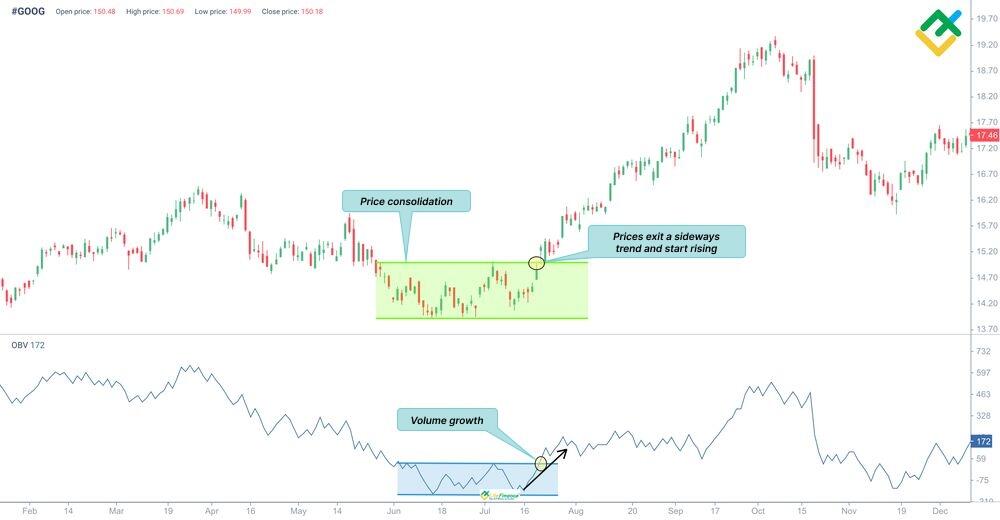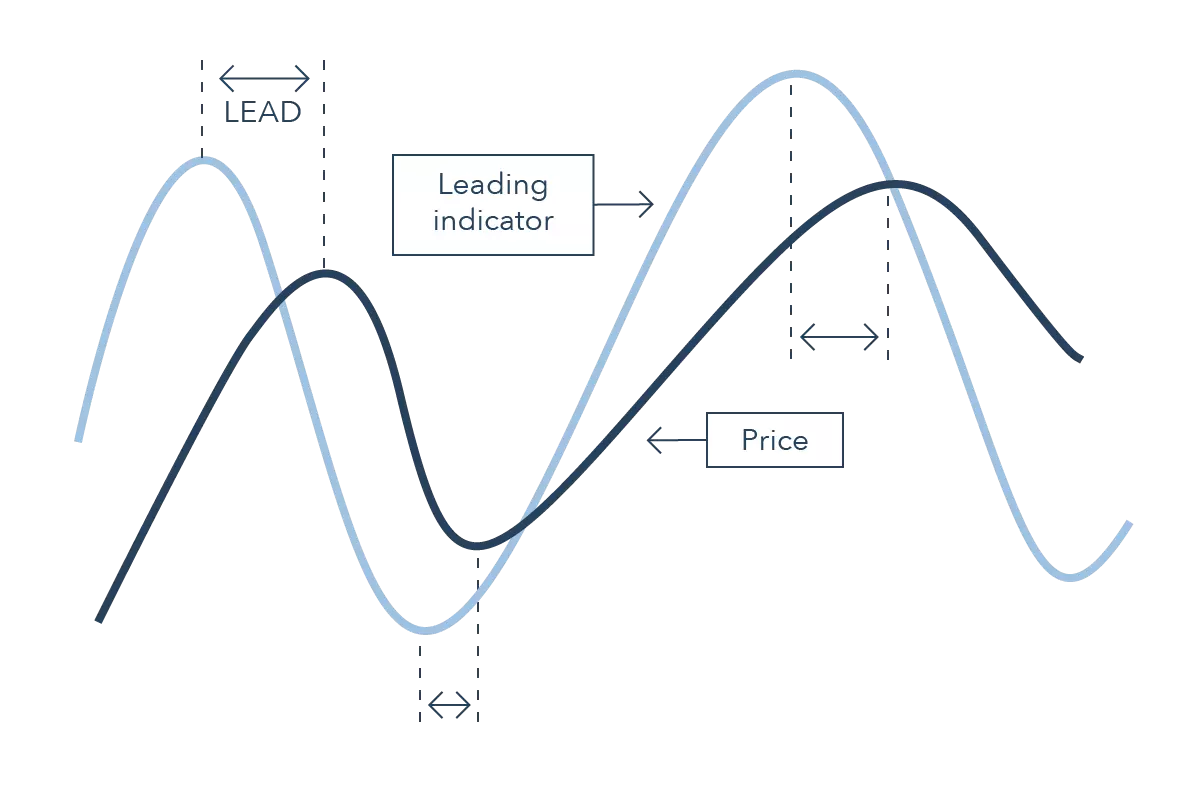Did you know that the first technical indicator was created in the 18th century, long before the internet made trading a global phenomenon? In the fast-paced world of Forex day trading, understanding technical indicators is essential for making informed decisions. This article dives into the best technical indicators, including Moving Averages, RSI, and Bollinger Bands, and explains how they can enhance your trading strategies. Learn about key concepts like Fibonacci retracements, MACD, and the Stochastic Oscillator, as well as the importance of volume indicators and support and resistance levels. We’ll also discuss the differences between leading and lagging indicators, the integration of chart patterns, common pitfalls, and best practices for backtesting. With insights from DayTradingBusiness, you'll be equipped to adapt your strategies to various market conditions and maximize your trading success.
What are the best technical indicators for Forex day trading?
The best technical indicators for Forex day trading include:
1. Moving Averages (MA): Use the 50-day and 200-day MAs to identify trends.
2. Relative Strength Index (RSI): Look for overbought or oversold conditions, typically above 70 or below 30.
3. Moving Average Convergence Divergence (MACD): Helps spot potential buy or sell signals through crossovers.
4. Bollinger Bands: Indicates volatility and potential price reversals based on price touching the bands.
5. Stochastic Oscillator: Assists in identifying momentum and potential reversals, especially when it diverges from price action.
Combine these indicators for a more robust trading strategy.
How do moving averages work in Forex trading?
Moving averages in Forex trading smooth out price data to identify trends over a specific period. They help traders determine the direction of the market by averaging prices, which reduces noise from short-term fluctuations.
The two main types are simple moving averages (SMA) and exponential moving averages (EMA). SMA gives equal weight to all prices in the period, while EMA gives more weight to recent prices, making it more responsive to new information.
Traders often use moving averages to generate buy and sell signals. A common strategy is to look for crossovers: when a shorter-term moving average crosses above a longer-term moving average, it can signal a buy; when it crosses below, it can signal a sell. Additionally, moving averages can act as dynamic support and resistance levels.
Using moving averages effectively requires choosing appropriate periods based on your trading style—shorter for day trading and longer for swing trading.
What is the significance of the Relative Strength Index (RSI) in Forex?
The Relative Strength Index (RSI) is significant in Forex as it measures the speed and change of price movements. It helps traders identify overbought or oversold conditions, indicating potential reversals. An RSI above 70 suggests overbought conditions, while below 30 indicates oversold. This can guide entry and exit points, enhancing decision-making in day trading. Using RSI alongside other indicators can improve accuracy in predicting market trends.
How can Bollinger Bands be used in day trading Forex?
Bollinger Bands can be used in day trading Forex to identify market volatility and potential price reversals. When the price touches the upper band, it may indicate an overbought condition, suggesting a possible sell signal. Conversely, touching the lower band can signal an oversold condition, hinting at a buy opportunity.
Traders often look for price action near the bands to confirm these signals, using candlestick patterns or volume analysis. Additionally, when the bands narrow, it typically indicates low volatility and a potential breakout, making it a good time to enter trades. Always combine Bollinger Bands with other indicators for stronger confirmation.
What role do Fibonacci retracements play in Forex analysis?
Fibonacci retracements help Forex traders identify potential reversal levels in price movements. By plotting key Fibonacci levels—23.6%, 38.2%, 50%, 61.8%, and 100%—on a chart, traders can spot where a currency pair might bounce back after a pullback. These levels serve as support and resistance, guiding entry and exit points. Traders often combine Fibonacci retracements with other technical indicators for more accurate signals.
How do you interpret MACD in Forex trading?
To interpret MACD in Forex trading, focus on three key elements: the MACD line, the signal line, and the histogram.
1. MACD Line: When the MACD line crosses above the signal line, it signals a potential buy opportunity. Conversely, a cross below indicates a sell signal.
2. Signal Line: Use the signal line as a confirmation tool. A bullish signal occurs when the MACD line rises above the signal line; a bearish signal happens when it falls below.
3. Histogram: The histogram shows the difference between the MACD line and the signal line. A growing histogram indicates increasing momentum in the current trend, while a shrinking histogram suggests weakening momentum.
Look for divergence between price and MACD for further insights—if price makes a new high but MACD doesn’t, it may signal a reversal. Use these interpretations in conjunction with other indicators for a more robust trading strategy.
What are the advantages of using Stochastic Oscillator in Forex?
The Stochastic Oscillator helps traders identify overbought or oversold conditions in the Forex market. It generates signals for potential reversals, allowing timely entry or exit points. This indicator also enhances momentum analysis by comparing closing prices to a range over time, improving trade accuracy. Additionally, it can confirm trends when used with other indicators, providing a more comprehensive trading strategy. Its ease of use and clear signals make it a popular choice for day traders.
How can traders benefit from using volume indicators in Forex?

Traders can benefit from using volume indicators in Forex by gaining insights into market strength and potential price reversals. High trading volume often confirms trends, signaling stronger momentum, while low volume might indicate a lack of conviction. Volume indicators help identify possible breakout points, allowing traders to enter or exit positions more effectively. Additionally, they can highlight divergences where price moves against volume trends, suggesting potential reversals. By integrating volume analysis, traders enhance their decision-making and improve their chances of successful trades.
What are the key differences between leading and lagging indicators in Forex?

Leading indicators in Forex provide signals before price movements occur, helping traders predict future trends. Examples include the Relative Strength Index (RSI) and Moving Average Convergence Divergence (MACD). Lagging indicators, on the other hand, confirm trends after they’ve started, often used to validate trading decisions. Common examples are moving averages and the Average True Range (ATR). In essence, leading indicators forecast potential shifts, while lagging indicators reflect past performance.
How do you set up support and resistance levels with indicators?
To set up support and resistance levels using indicators in forex day trading, follow these steps:
1. Select Indicators: Use tools like moving averages, Bollinger Bands, or Fibonacci retracement levels.
2. Identify Key Levels: Look for where price frequently bounces or reverses. For moving averages, observe where the price approaches the average line.
3. Use Pivot Points: Calculate pivot points to find potential support and resistance. These levels are based on the previous day’s high, low, and close.
4. Apply Trendlines: Draw trendlines connecting highs and lows. Breaks of these lines can signal changes in support or resistance.
5. Confirm with Volume: Check volume spikes at these levels. High volume near support or resistance indicates stronger significance.
6. Adjust for Market Conditions: Regularly update your levels as market conditions change. They can shift based on volatility and news events.
By combining these indicators, you can effectively identify and utilize support and resistance levels in your forex trading strategy.
What is the best way to combine multiple indicators for Forex trading?
The best way to combine multiple indicators for Forex trading is to use a mix of trend-following and momentum indicators. For example, pair a moving average, like the 50-day MA, with the Relative Strength Index (RSI). This setup helps confirm trends and identify overbought or oversold conditions.
Additionally, consider using Bollinger Bands alongside MACD for further insights into volatility and momentum shifts. Ensure indicators complement each other without redundancy. Test combinations through backtesting to find what works best for your trading style.
## How Can Technical Indicators Enhance Forex Day Trading Strategies?
Technical indicators for Forex day trading include Moving Averages, Relative Strength Index (RSI), Bollinger Bands, Stochastic Oscillator, and MACD (Moving Average Convergence Divergence). These tools help traders analyze price trends, momentum, volatility, and market signals for informed trading decisions.
Learn more about: Understanding Forex Day Trading Markets
Learn about How to Use Technical Analysis for Options Day Trading
How can you use chart patterns alongside technical indicators?
You can use chart patterns alongside technical indicators by confirming a pattern with an indicator's signal. For instance, if you spot a head and shoulders pattern, look for a moving average crossover to validate a potential trend reversal. Use RSI to gauge overbought or oversold conditions as a complement to patterns like flags or triangles. When a breakout occurs, employ volume indicators to confirm strength. This combined approach enhances decision-making in Forex day trading, providing a clearer picture of entry and exit points.
What are the common pitfalls of relying too much on indicators in Forex?
Relying too much on indicators in Forex can lead to several pitfalls. First, over-reliance can cause traders to miss important market context, such as news events or market sentiment. Indicators lag behind price action, which can result in delayed entries and exits, potentially leading to losses.
Additionally, using too many indicators can create analysis paralysis, where conflicting signals prevent clear decision-making. Traders might also fall into the trap of confirmation bias, focusing only on indicators that support their preconceptions. Lastly, indicators can give a false sense of security, leading to poorly managed risk and larger-than-necessary losses.
How do economic indicators influence Forex trading strategies?
Economic indicators influence Forex trading strategies by providing insights into a country's economic health, which traders use to predict currency movements. Key indicators like GDP, unemployment rates, and inflation impact currency values and market sentiment. Traders analyze these indicators to determine entry and exit points, align their strategies with market trends, and manage risk. For example, positive employment data may lead to currency appreciation, prompting traders to go long. Conversely, weak economic reports can trigger sell-offs, guiding traders to short positions. Understanding these relationships helps traders make informed decisions in their day trading strategies.
What are the best practices for backtesting technical indicators in Forex?

1. Define Clear Objectives: Establish what you want to achieve with backtesting, such as profit targets or risk management.
2. Use Historical Data: Gather high-quality, reliable historical price data to ensure accurate backtesting results.
3. Choose Relevant Indicators: Select technical indicators that suit your trading strategy and market conditions, like moving averages or RSI.
4. Set Parameters: Test different settings for your indicators to find optimal parameters that enhance performance.
5. Simulate Real Trading Conditions: Include spreads, slippage, and trading costs in your backtest to reflect actual trading scenarios.
6. Analyze Performance Metrics: Evaluate results using metrics like win rate, profit factor, and maximum drawdown to assess strategy effectiveness.
7. Avoid Overfitting: Ensure your strategy isn’t too tailored to historical data, which can lead to poor performance in live trading.
8. Test Across Various Market Conditions: Backtest your strategy in different market environments to ensure robustness.
9. Document Everything: Keep detailed records of your backtesting process, including settings and results for future reference.
10. Iterate and Refine: Use backtesting results to adjust your strategy and indicators continuously for better performance.
How can you adapt technical indicators for different Forex market conditions?
To adapt technical indicators for different Forex market conditions, first assess the market type: trending or ranging. In trending markets, use indicators like Moving Averages or the Average Directional Index (ADX) to confirm trends. In ranging markets, rely on oscillators like the Relative Strength Index (RSI) or Stochastic Oscillator to identify overbought or oversold conditions.
Adjust the settings of your indicators based on volatility. In volatile conditions, shorten periods for indicators like Bollinger Bands to react quicker, while in stable conditions, lengthen periods for smoother signals. Also, combine indicators; use a momentum indicator with a trend indicator for more accurate entry and exit points. Always backtest your adjustments to ensure effectiveness in the specific market environment.
Conclusion about Technical Indicators for Forex Day Trading
Utilizing technical indicators effectively can significantly enhance your Forex day trading strategies, providing crucial insights into market movements. A well-rounded approach that combines indicators like moving averages, RSI, and Bollinger Bands, alongside an understanding of economic factors, can lead to more informed trading decisions. However, it's essential to avoid over-reliance on these tools to mitigate risks. For deeper insights and tailored strategies, consider leveraging resources from DayTradingBusiness to refine your trading approach.
Learn about Leveraging Technical Indicators for Day Trading Stocks
Sources:
- Can technical trading beat the foreign exchange market in times of ...
- Utilizing artificial neural networks and genetic algorithms to build an ...
- Currency Orders and Exchange-Rate Dynamics: Explaining the ...
- A multi-model approach to the development of algorithmic trading ...
- Technical trading rule profitability and foreign exchange intervention ...
- A Deep Neural-Network Based Stock Trading System Based on ...